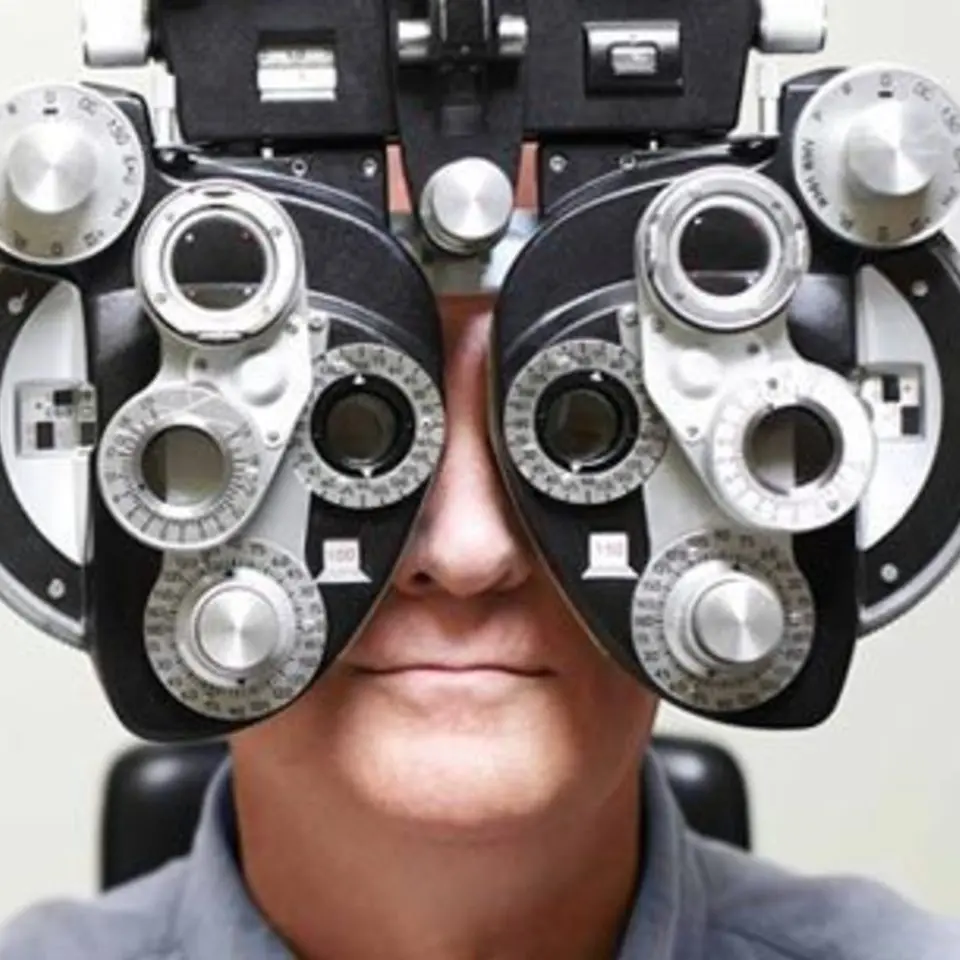Your eyes and their ability to see rely on a range of different functions, each of which is needed to have good vision. The term “binocular vision dysfunction” may be one of those phrases you’ve heard in passing but don’t really know what it means. You’re not alone. In fact, many people suffer from binocular vision dysfunction or BVD and don’t even realize it. Read on as a Fort Worth, TX optometrist talks about what BVD is, symptoms to watch out for, and how it’s treated.
Binocular Vision Dysfunction – What Is It?
Being able to see far away and close-up objects clearly is just one aspect of good vision. The way your eyes work together to relay images to your brain also impacts your ability to see. Binocular vision dysfunction affects eye alignment or how your eyes work together to send a single clear image to the brain. With BVD, the eyes are slightly misaligned.
When an incoming image is misaligned, your brain tries to force your eye muscles to compensate for the discrepancy. This places a strain on your eye muscles. And while binocular vision symptoms can vary in severity, even small eye misalignments can have a significant effect on your vision.
BVD Symptoms
Symptoms of BVD develop in response to the added work your eyes have to do to compensate for the misalignment, and standard eye exams aren’t designed to spot conditions like binocular vision dysfunction. Not surprisingly, many people who have BVD are often misdiagnosed. Binocular vision syndrome symptoms can resemble symptoms associated with other conditions, such as dyslexia, vertigo, migraine disorders, and even ADD/ADHD.
Here are a few common BVD symptoms to watch for:
- Poor depth perception
- Persistent headaches
- Double vision
- Blurred vision
- Dizziness or feeling light-headed
- Mental fatigue when reading
- Nausea
- Eyestrain
- Problems with reading comprehension
- Neck, back, and/or shoulder pain
- Motion sickness
How Vision Therapy Can Help
Vision therapy is a specialized field of optometry that’s designed to help your eyes work together as a team more efficiently, while also strengthening communication lines between your eyes and your brain. Optometrists trained in this field use a range of tools and activities designed to retrain your visual system based on your individual needs.
Here are a few of the tools and exercises used in vision therapy:
- Occluders
- Specialized lenses
- Prisms
- Filters
- Computer programs
In effect, vision therapy is like physical therapy for your eyes. For more information about BVD and vision therapy, please feel free to call our Fort Worth, TX optometry office today.



